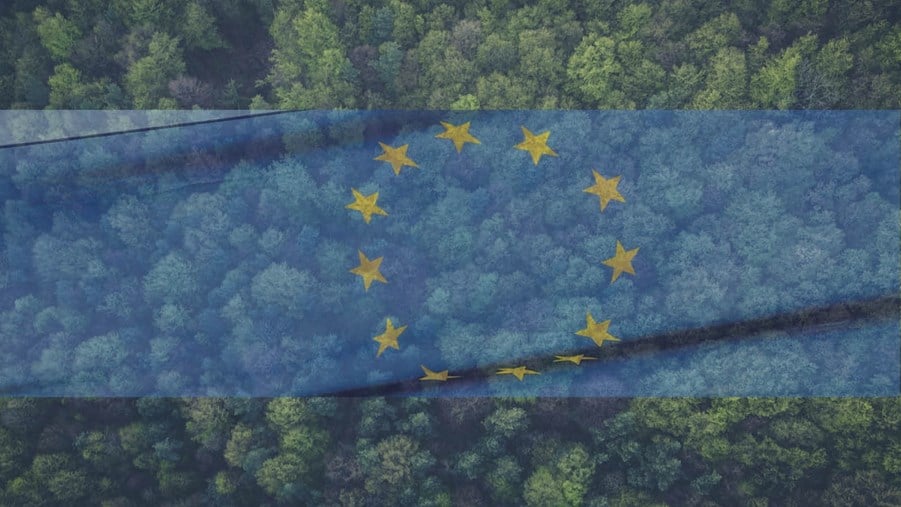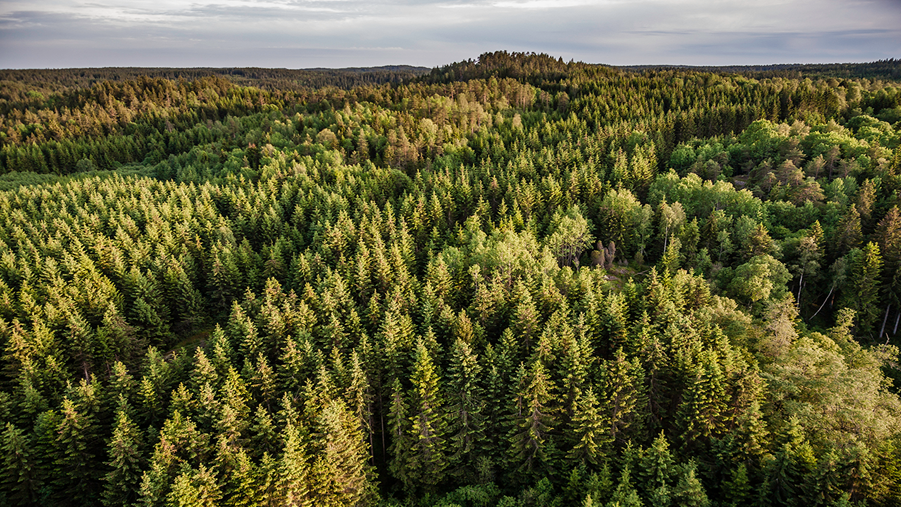
The new EU forest strategy should consider all the benefits from active and sustainable forestry. A thriving forest industry is essential for reaching the EU climate targets. It should be encouraged, not constrained.
The new EU forest strategy for 2030 is a very important document. Although non-binding it sets the trajectory for how the EU approaches forestry for years to come. That is why it needs to apply a holistic perspective on the benefits provided by active forestry and the circular bioeconomy. Forest-based products need to be recognized as essential for reaching the objectives of the European Green Deal. The strategy should focus on the key overriding objectives at the EU level, while the day-to-day forest management practices should be decided at national level.
The Swedish Forest Industries believe:
- That all sustainable wood-based materials and products play an important role, regardless of their lifespans.
- The definitions for primary and old-growth forests need to be set in close cooperation between the Commission and Member States.
- Further restoration and nature conservation efforts should be led by Member States, due to local variations.
- The strategy should not propose parallel structures and legislation to the work Forest Europe already does well, such as data collection.


